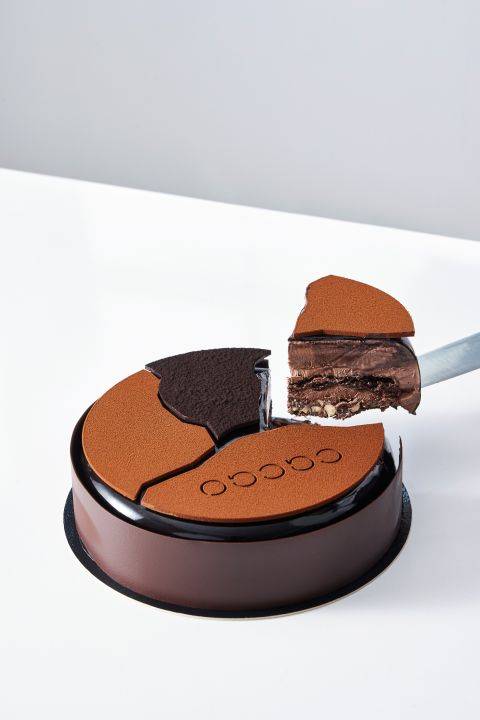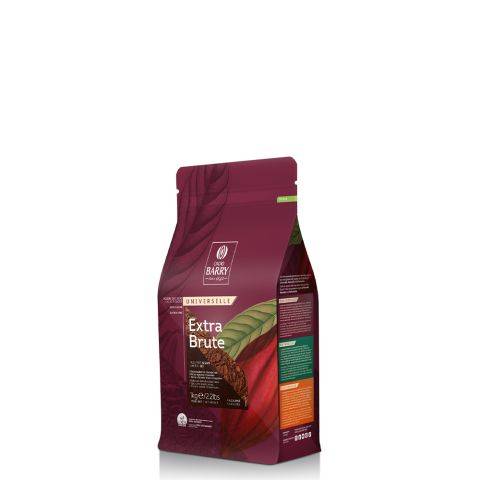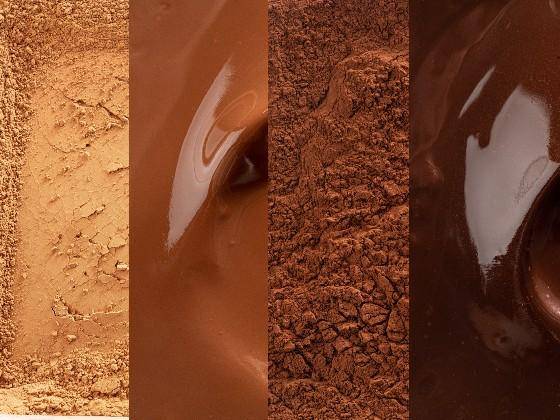Understanding the Differences Among Cacao Powders: Other Factors
Understanding the Differences Among Cacao Powders: Other Factors
This article is part of a series about the technology of cacao powder. Find the links to the other articles at the bottom of the page.
In previous articles, we looked at how factors such as a cacao powder's alkalinity or fat content affect the outcome of a recipe through its inherent properties and by reacting with other ingredients.
While alkalinity and fat content will have the biggest impact on your recipes, there's more to consider! Factors such as water absorption, fineness, and dispersibility can also have an impact on your final product.
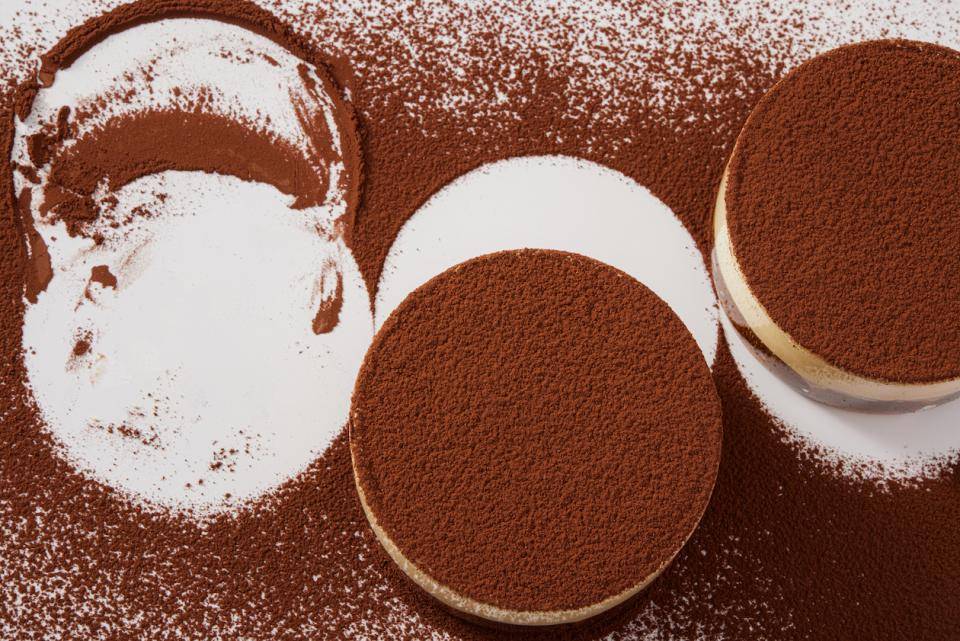
Water Absorption
Cacao powder competes with other ingredients in your recipe to absorb water, and they are very good at it! While flour can absorb up to 40% of its weight in water, cacao powder can absorb up to 100% of its own weight in water.
More cacao powder absorbs more water. For example, as the cacao powder in a madeleine recipe is increased, the texture of the final product becomes denser, less sweet, crumblier, and drier.
Highly alkalised cacao powders absorb more water than natural cacao powders, so you may find that achieving the right texture in your recipe is not necessarily a matter of reducing or increasing the amount of cacao powder but choosing one with different properties.
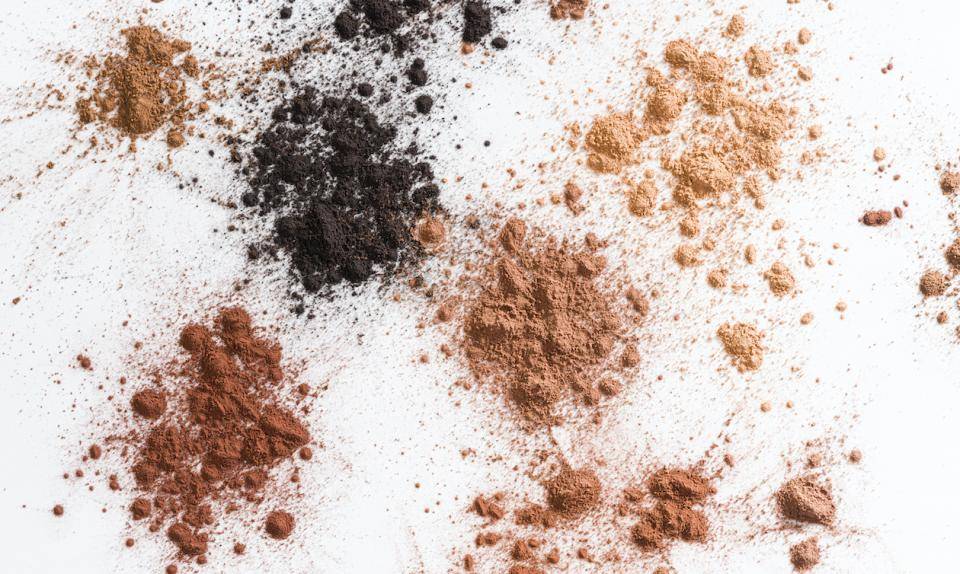
Fineness
When the cacao is ground (at either the cake or powder stage or both), it is possible to affect how fine the finished cacao powder will be.
A high level of fineness is the most desirable. The finer a cacao powder:
- The better the flavour release.
- The less sediment and “grittiness.”
- The darker and more consistent the colour.

Dispersibility
Dispersibility is, effectively, how easily a cacao powder dissolves in liquids.
Natural cacao powders are less dispersible than alkalised powders. A higher pH improves the wettability of the cacao powder, making it easier to blend with liquids.
A high fat content will also affect the dispersibility of a cacao powder. Fat and water don’t mix! So, once again, you may find that achieving the results you want may simply be a matter of choosing a cacao powder with the right properties.
To illustrate: Cacao Barry’s Décor Cacao Powder is ideal for garnishing products such as tiramisu. It will stay dry and attractive for far longer than other cacao powders. Upon investigation, you may note that Décor Cacao has a pH of 8.4 - on the high end for cacao powders - and it should “melt” into the tiramisu very quickly. However, Décor Cacao Powder’s high fat content helps it to stay dry and retain its appearance.
Recipes with Cacao Powder
Discover Cacao Barry's Most Popular Cacao Powders
These unique cacao powders are selected for their exceptional characteristics, fitting very specific uses.

